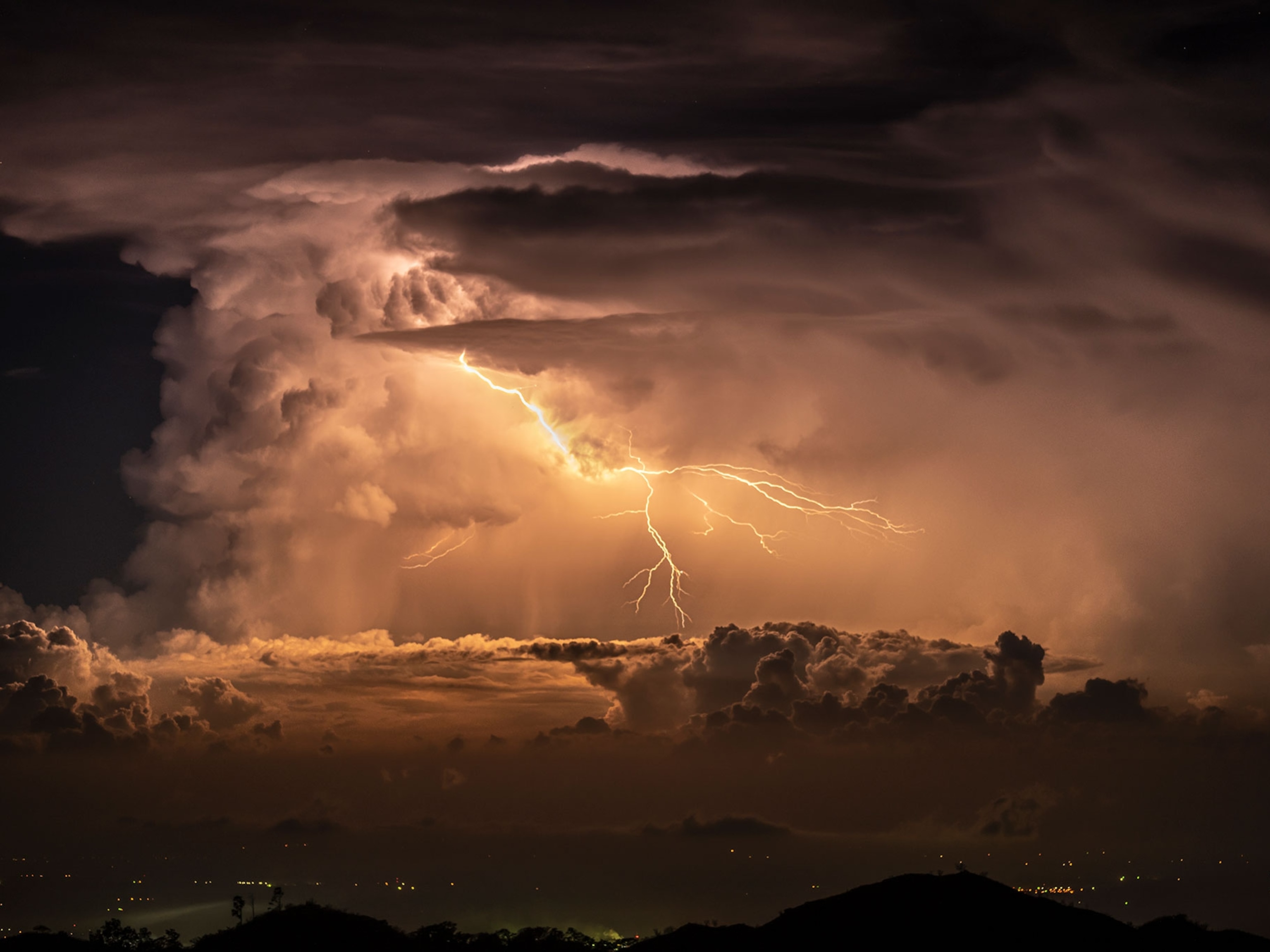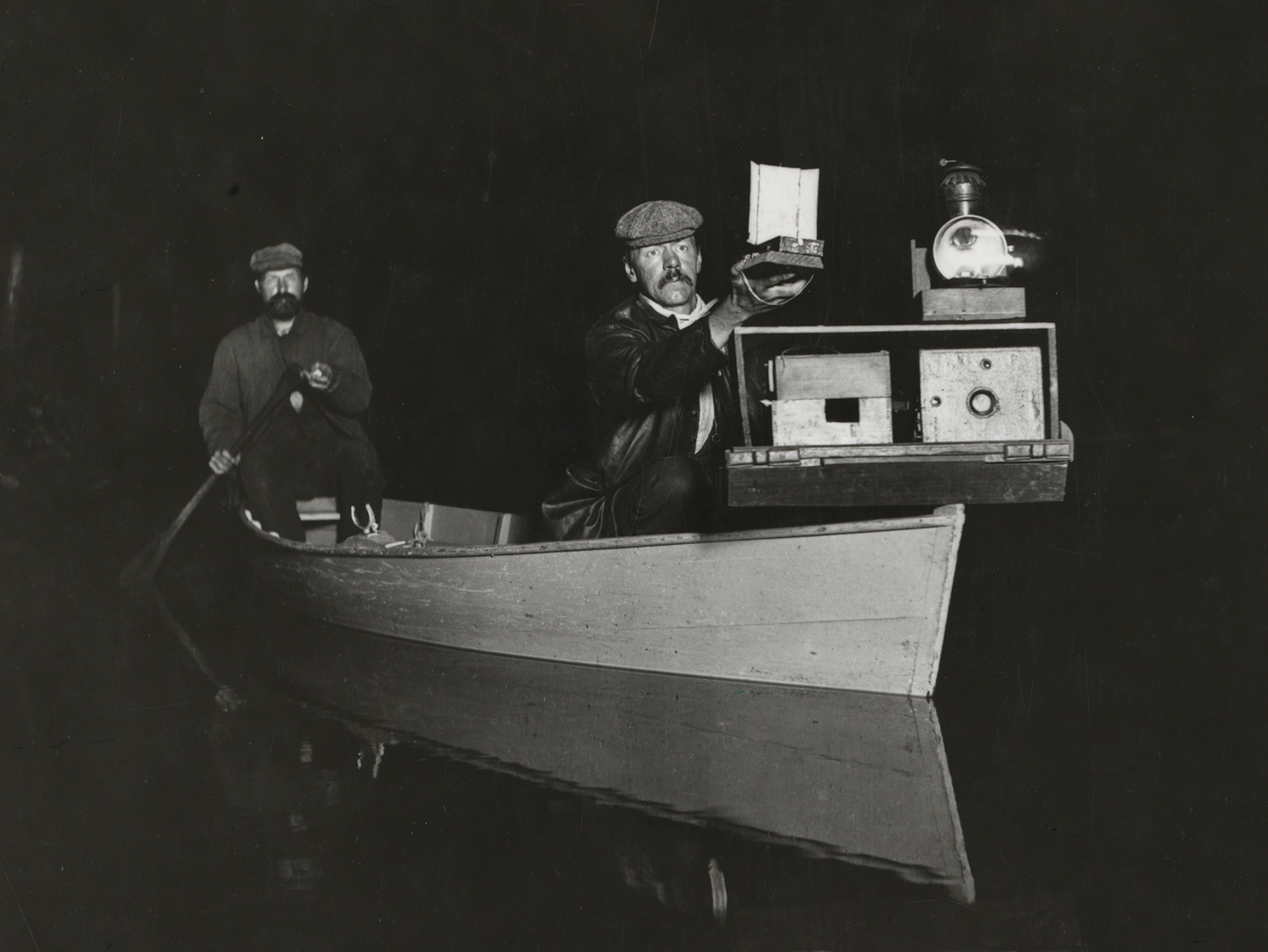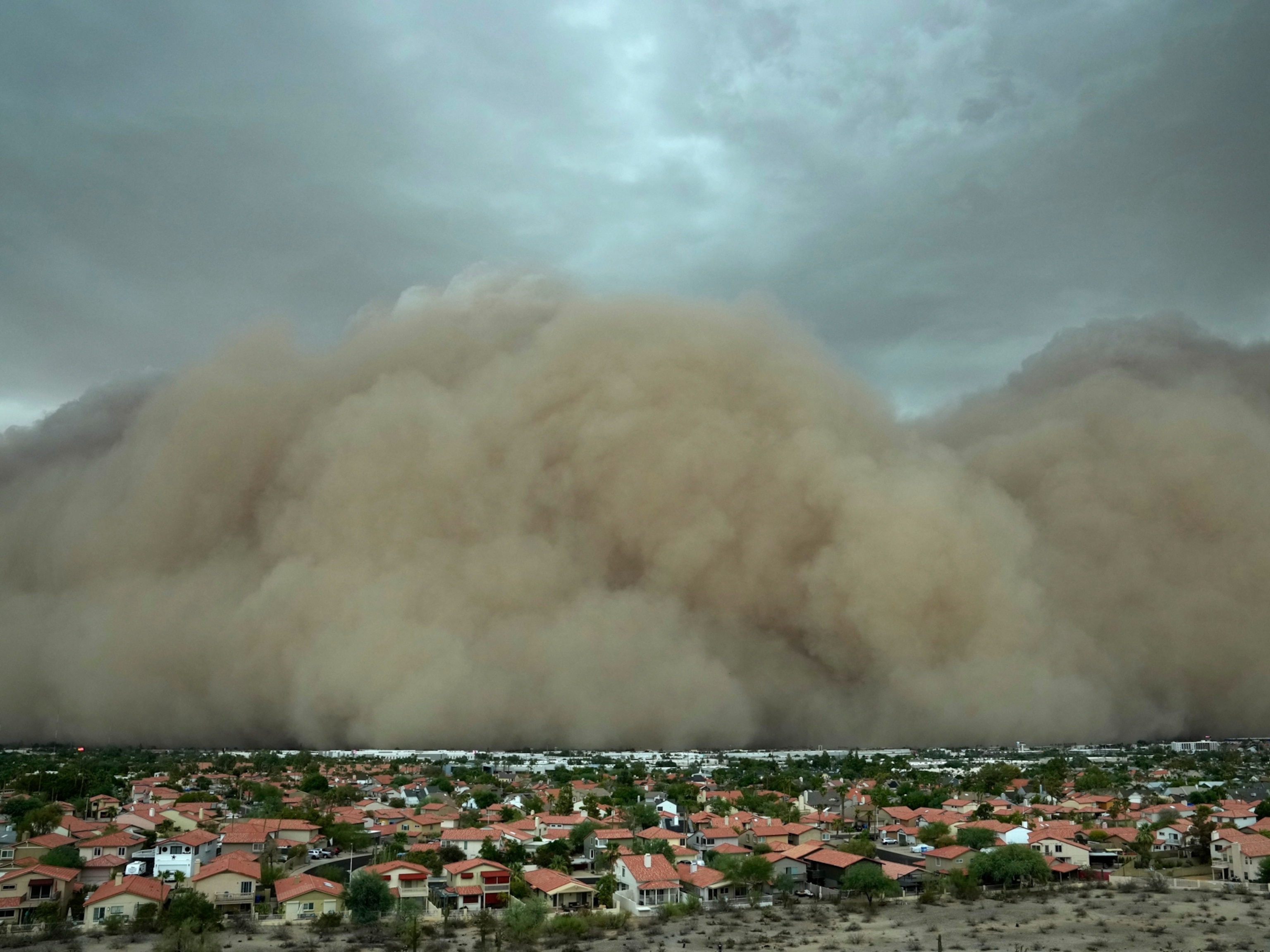
Lightning Sprites, Elves Caught on Camera
Mysterious energy bursts recorded high above U.S. Midwest.
Flying above the U.S. Midwest, scientists using high-speed video cameras have caught the first 3-D images of sprites, elves, blue jets, and crawlers—in the form of lightning, that is.
First seen by scientists in 1989, sprites and their menagerie of exotically named kin are bursts of electrical energy that form about 50 miles (80 kilometers) above Earth, sometimes leaping all the way from the tops of thunderheads to outer space.
(Related: "Thunderstorms Shoot Antimatter Beams Into Space.")
Lightning sprites are huge but quick—they appear and are gone in only ten milliseconds, said Hans Stenbaek-Nielsen, a space physicist at the University of Alaska, Fairbanks.
The phenomena are also extremely bright.
"They're brighter than the planet Venus," as seen from Earth, Stenbaek-Nielsen said this week at a meeting of the American Geophysical Union in San Francisco.
In fact, he added, sprites are so bright that it's amazing nobody saw them until 20 years ago, although, he noted, high-flying pilots had apparently spotted sprites before then but kept mum.
"No pilot was willing to admit they had seen anything up there, because it would cast doubt on their mental state," he said.
Last summer Stenbaek-Nielsen joined a team of thunderstorm chasers funded by the Japan Broadcasting Corporation (NHK), which also provided camera equipment and technical staff for capturing pictures and video footage.
The team flew across the Midwest on a pair of Gulfstream jets, hunting out sprite-generating thunderstorms.
Watch video of sprites over the Midwest.
When they found their quarry, the researchers filmed the lightning sprites and other bursts at 10,000 frames a second from two different angles, allowing for the creation of the first stereoscopic videos of these phenomena.
Sprites Simply "Pretty to Look At"?
Even though sprites have been studied for two decades, scientists still don't understand what causes them, said team member Yukihiro Takahashi, a space physicist at Hokkaido University in Sapporo, Japan.
What is known, he and Stenbaek-Nielsen said, is that vast amounts of energy are involved, and the release is apparently triggered by strong electrical fields above a thunderstorm.
(Related: "Lightning Captured by X-Ray Camera—A First.")
Furthermore, Stenbaek-Nielsen said, the discharges may create electrical conduits between the thunderstorm and the ionosphere, a tenuous layer of the outer atmosphere extending 600 miles (1,000 kilometers) into space.
"Traditionally, the weather here on the ground has been thought to be separated from the 'weather' that goes on in space," said Geoff McHarg, a space physicist at the U.S. Air Force Academy in Colorado who was also part of the study team.
"We had this big range in the middle [of Earth's atmosphere] called the mesosphere. When I was in graduate school, we called it the ignore-o-sphere. It was thought not much goes on there."
Not so today, he said: "This is where sprites go on."
For now, nobody knows how important sprites might be to Earth's atmospheric system or how they might interact with the space environment.
For all we know at the moment, Stenbaek-Nielsen said, lightning sprites might simply be like rainbows—"pretty to look at, but of no further significance."




